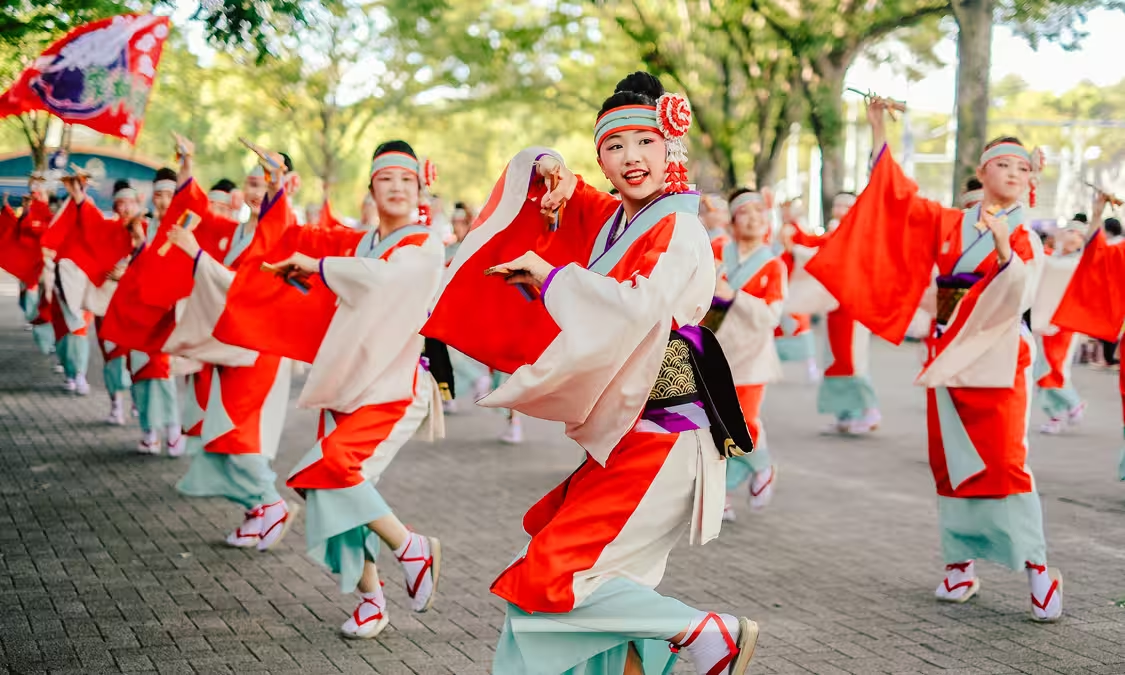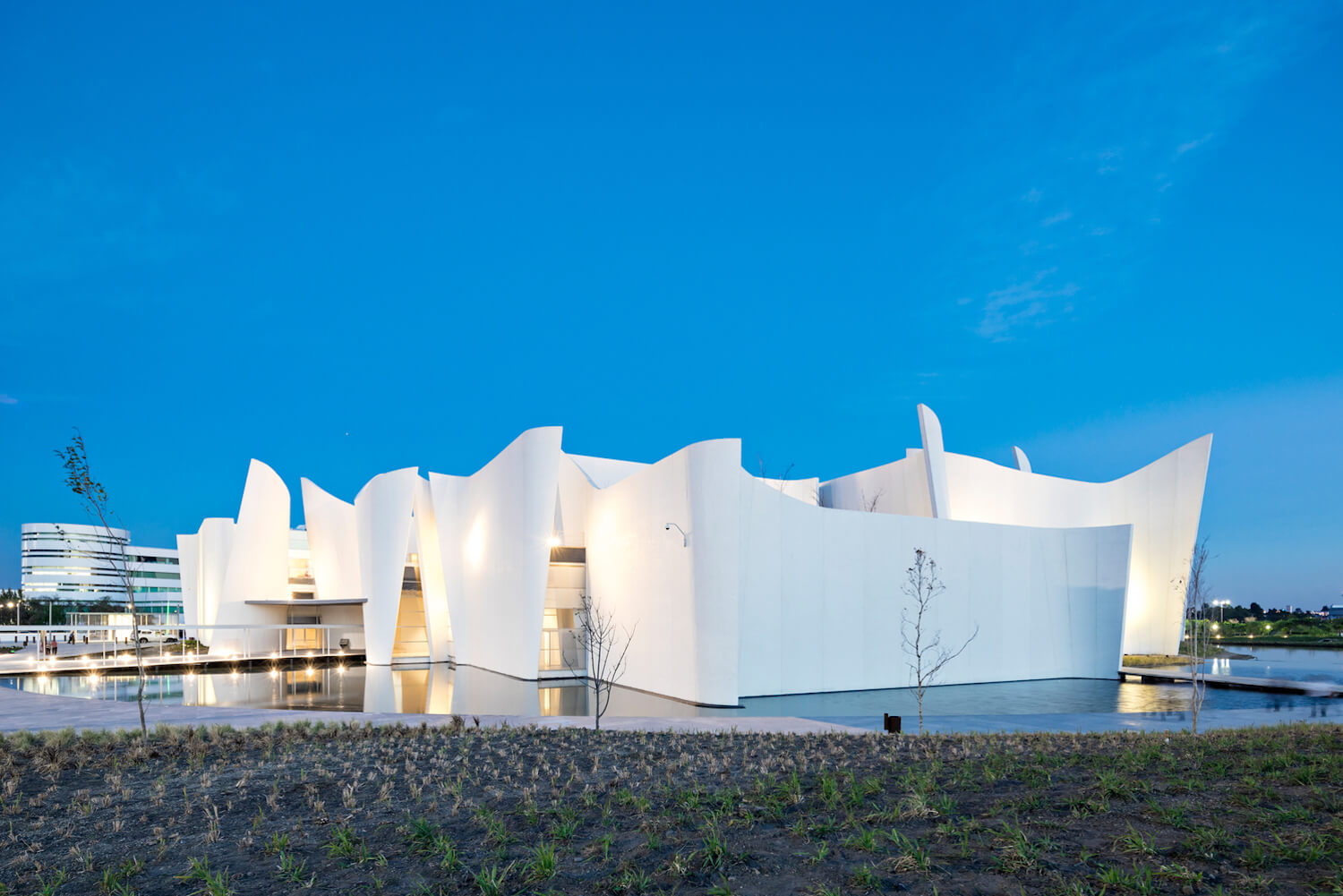Minimalism is a key principle in Japanese architecture, emphasizing simplicity, functionality, and harmony with nature. This design philosophy creates calm, uncluttered spaces that promote a sense of peace and mindfulness. Japanese minimalism has influenced modern architecture worldwide, proving that less is more when it comes to design.
1. The Philosophy Behind Japanese Minimalism
Japanese minimalism is deeply rooted in Zen Buddhism and wabi-sabi, which embrace simplicity, imperfection, and the beauty of natural materials. It encourages spaces that are:
-
Uncluttered – Avoiding excess decorations.
-
Functional – Every element serves a purpose.
-
Harmonious – Blending with the surrounding environment.
2. Key Features of Japanese Minimalist Architecture
Natural Materials
-
Wood, stone, and paper create warm, organic interiors.
-
Materials like cedar, hinoki cypress, and bamboo age gracefully over time.
Neutral Color Palettes
-
Soft, earthy tones such as beige, white, and gray dominate.
-
These colors enhance natural light and create a tranquil atmosphere.
Open Spaces and Light
-
Rooms are spacious and airy, often with large windows to bring in natural light.
-
Shoji (paper sliding doors) replace walls, allowing for flexible living spaces.
Minimal Furnishings
-
Only essential furniture is used, often low to the ground to encourage a connection with nature.
-
Storage is hidden to maintain a clean aesthetic.
Integration with Nature
-
Homes feature indoor gardens, courtyards, or views of natural landscapes.
-
Large windows and engawa (verandas) blur the line between inside and outside.

3. How Japanese Minimalism Influences Modern Architecture
-
Tadao Ando’s concrete structures embrace minimalism with clean lines and natural light.
-
Many modern homes worldwide now feature open layouts, neutral tones, and multifunctional spaces inspired by Japanese design.
Conclusion
Japanese minimalist architecture proves that beauty lies in simplicity. By focusing on function, natural materials, and harmony, these designs create calm, timeless spaces that enhance everyday life. Whether in traditional tea houses or modern homes, less truly is more in Japanese architecture.











